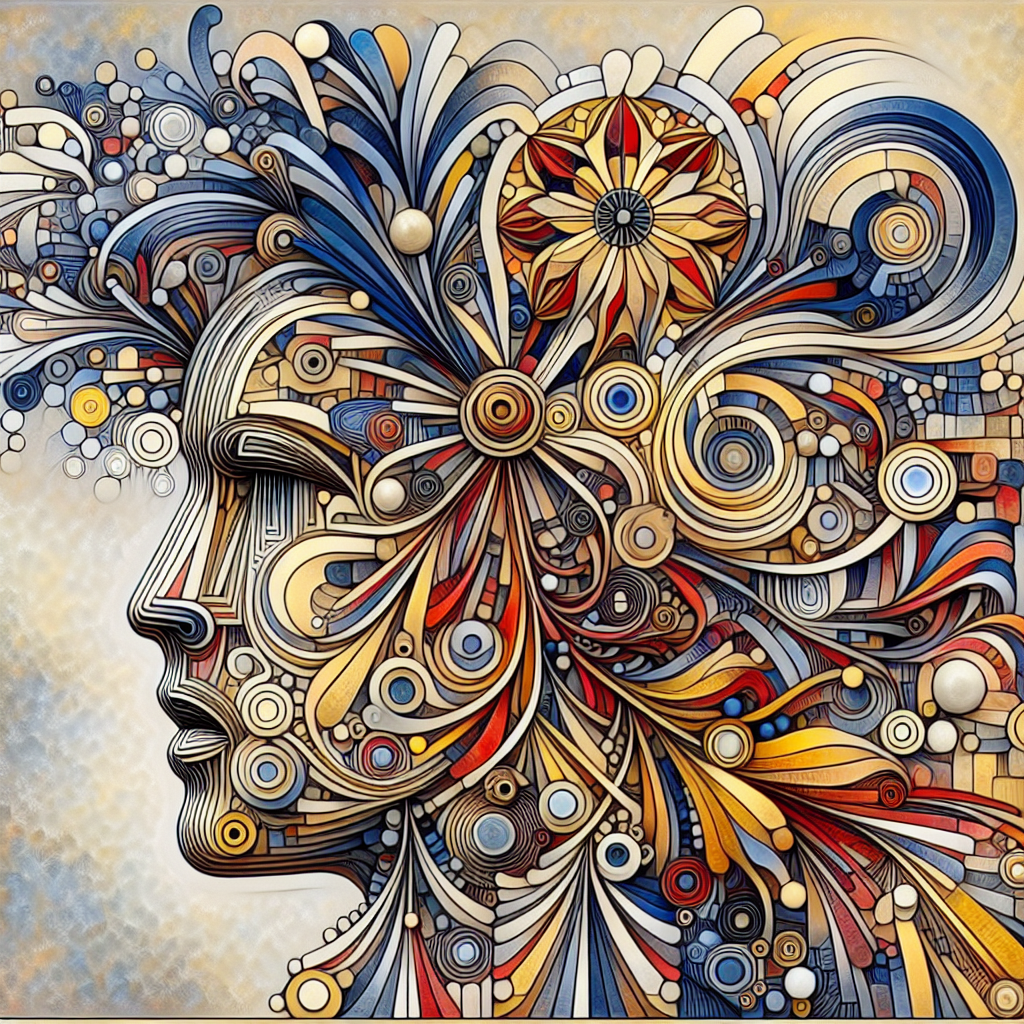Imagine walking into a world where traditional Mexican art meets modern strokes in an explosion of colors and forms. That's the experience Adolfo Best Maugard brought to the table. Born in 1891 in Mexico City, he was an avant-garde artist whose style took Mexico by storm from the 1920s to the 1930s. His unique approach wasn't just limited to his art; it defined a cultural movement, introducing new perspectives to a post-revolutionary Mexico striving for identity. Fast-forward to today, and his influence still echoes in the art and culture of the country, painting a vivid tapestry that blends indigenous tradition with the fresh openness of modernism.
Best Maugard's artistic saga began at the San Carlos Academy, an institution renowned for cultivating talent. His exposure to European art made him see Mexican art through a kaleidoscope of possibilites — one that celebrated local heritage but looked beyond to include broader, universal themes. His style was markedly different, drawing influences from his time under European masters but imbued deeply with Mexican identity.
What sets him apart is his Seven Elements of Drawing, a method he developed to democratize art education. With these seven basic lines and their combinations, he believed anyone could participate in creating art, breaking through the elitist barriers that dictated who could and couldn't produce art. In essence, art belonged to everyone, and Best Maugard made sure it was accessible.
His method and book, "A Method for Creative Design," revolutionized the way children learned art in Mexico. His intention was to foster imagination and originality. In schools, his curriculum crushed the norms that constrained the creative spirit. For those accustomed to rigid academic teachings, it was a liberating escape, which reverberated through generations.
But Best Maugard didn't stop at art education. He dipped his toes into filmmaking too, directing "Humanidad" in 1934, which was lauded not only for its story but for its artistic direction. He used cinema to explore social issues, showcasing his empathetic side, sensitive to the struggles of the common folk. His work reflected the challenges and dreams of a world permanently affected by revolution.
Despite his progressive ideas, he often faced criticism. Traditionalists saw his methods as too radical, threatening the time-honored ways laid down by centuries of academic art instruction. But for the young, and for those yearning for change, he was a beacon. They were drawn to this new art form, which promised not just personal freedom but also community spirit.
Best Maugard wasn't just content with art and cinema innovations. His involvement in cultural policy-making demonstrated his commitment to his ideals. He served as an administrator and cultural emissary with the goal to preserve indigenous culture while nurturing new artistic expressions. In a Mexico that was still finding its feet post-revolution, figures like Best Maugard were instrumental in crafting a renewed sense of national pride and identity.
His contributions, however, extended beyond his lifetime. His teachings continue to influence art teachers and students, maintaining an open, imaginative approach to learning that transcends the confines of nationality and culture. Today, the recognition of Maugard’s contribution is complex, interwoven as it is with Mexico’s turbulent history and identity struggles.
In such historical intricacies, some might argue that his emphasis on universal art elements risks glossing over the uniqueness of culturally specific art forms. While this may seem like a loss, it’s important to acknowledge how Best Maugard's methods also served as a catalyst for new forms of expression, keeping traditional elements alive in a dynamically evolving art world.
In the end, Best Maugard's legacy is a colorful bridge between worlds, blending traditional Mexican art with a broader, more inclusive narrative that challenges norms and inspires innovation. He showed us that art could be more than passive observations on canvas—it was an interactive, ever-evolving dialogue with culture and society.
So when you see the vivid murals and modern art pieces that stand tall in cities across Mexico and beyond, remember that behind them lies the influence of Adolfo Best Maugard, whose challenges and dreams helped frame the canvas of Mexican culture in bold, enduring colors.

